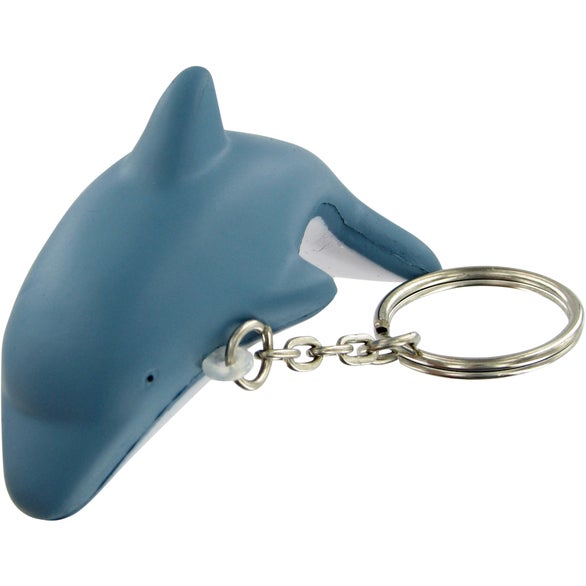
There are many options available to help keep your home secure. You can purchase a personal alarm system. Lock your rooms to protect yourself. Keep your cash and valuables safe. Avoid social situations involving strangers. These steps will make you feel more secure and less vulnerable.
Investing in an alarm system for your home
Personal alarms can be an excellent way to protect yourself and your family. They provide security at a high level and are quite affordable. They can also be helpful for older people who might have reduced mobility or senses and are more susceptible to attacks than those younger. They can save someone's life, as well as reduce anxiety and stress within the family during an emergency.

Locking up rooms
When it comes to keeping your family safe, locking up rooms in your home is a vital step. Even though most people insist on locking the front door, it is important to secure other areas in your home. If the laundry area isn't locked, it could be dangerous. Children are curious by nature, so it is essential to make sure that all rooms in the house are secure.
Safeguard your cash
Keeping cash in a safe at home is important for many reasons. It protects you money from theft, loss, and inflation. You should not keep all your cash at home. Because burglars can easily find your cash, it's easy to lose it. A fire or flood can also cause cash loss. Keep cash safe at home by keeping it in a fireproof safe.
To isolate yourself from others
Social anxiety is something you need to be aware of. While you can walk, bike ride, or run, it is best to avoid close contact with strangers. Similarly, team sports are off limits for the time being. Instead, speak to your family and friends or go online to find support groups. Also, make a list of all your daily needs.
Keeping children from going out unsupervised
There are many reasons to keep children from going out unsupervised at home, including safety concerns. It is important that children understand the dangers of wandering and are taught how to respond in these situations. If a child is having trouble understanding these concepts, they are not yet ready to go out unsupervised. In order to keep children safe, the first step is to help them identify themselves and learn at least two phone numbers. This is especially important if they are not yet familiar with the neighborhood. You can also give them access to a mobile phone. However, they will only be able to call you when necessary.

Keeping children from drowning
Parents need to be alert to the possibility of their child drowning in an unattended water source. The American Academy of Pediatrics (AAP) states that nine out of ten drownings at home are caused by caregivers or parents not being present. The most at-risk group are toddlers. Children are highly impulsive and can run, jump, and crawl through screens or doggy doors to get to their toys. These scenarios are not as common though they may appear.
FAQ
How much does a stun gun cost?
A stun gun can cost anywhere from $20 to $100, depending on the model.
Two batteries are included in most models. The batteries can last for approximately three months.
How much does it set you back to take a self defence course?
There are many self defense courses. Prices vary depending on where you live, and whether you are attending in person or online.
Some schools charge about $50 per calendar month, while others charge up $200.
You can find a low-cost option at your local community center. These places often offer free self-defense classes.
Can I legally own a stungun?
Yes. You will need a permit from the state.
Fill out the application form and pay the fee to apply for a permit.
You must keep your permit visible, such as in your wallet, once you receive it.
You'll need to apply again if you lose your permit.
Statistics
- Saying this, Self defense 101 would be the importance of situational awareness, which can never be replaced by the finest of martial arts, because it is this that would help you to avoid any likely attacks in the first place. (worldofselfdefense.com)
- Most likely, you'll get tapped out by 90% of the people in your first 3-5 months. (mmaclan.com)
- Kung Fu alone has 400 unique martial art styles – and whilst you likely won't be able to find a school for each form, many other martial arts are completely different altogether. (budodragon.com)
- Verbal harassment was the most common form, but 51 percent of women said they were touched or groped in an unwelcome way, while 27 percent of women survived sexual assault. (healthline.com)
External Links
How To
Which kind of self-defense do I need to learn?
Self-defense is a broad term that covers a wide range of options. There are many forms of self defense that you can learn. These are some of the most well-known:
-
Boxing – Because you can fight with your hands, boxing makes a great self-defense option. Many people believe that only men can box. However, women can learn to box. There are many ways for women to learn boxing, such as private lessons, gyms or online courses.
-
Wrestling is a true sport. It was once America’s national pastime. It is possible to learn wrestling online, through gyms, or in private lessons.
-
Jujitsu: Jujitsu can be described as another martial art that teaches how to defend your self using your body weight. It is simple to learn and improves coordination and balance.
-
Kickboxing - Kickboxing is similar to Muay Thai, except that it uses kicks instead of punches. It's a full contact combat sport, which doesn't require any rules. It is an easy sport to learn and a good option for beginners.
-
Tae Kwon Do – TKD - Tae Kwon Do is a Korean Martial Art that combines elements karate, taekwondo and jujitsu. It is an ideal choice for anyone who wants to learn self-defense without having to worry about hurting their opponent.
-
Mixed Martial Arts - MMA combines many different martial arts. It combines Brazilian Jiu-Jitsu, Judo Judo Boxing Wrestling and Sambo. Because it is so effective, it's one the fastest-growing sports in today's world.
-
Karate - Karate refers to a Japanese martial style that focuses on kick techniques. It has existed for hundreds of centuries and has evolved throughout time. Today, there are many styles and methods of karate.
-
Knife Fighting – Knives can be very helpful when you are defending yourself. To stab someone, you don’t have to approach them. All you have to do is know how to defend yourself with a knife.
-
Pepper Spray- Pepper spray can be used as a non-lethal weapon to help you escape from attacks or stop them from beginning. However, pepper spray is not recommended for attackers. They are more likely to be burned.
-
Firearms – The last line defense against an attacker is to fire on them. This is often done by law enforcement officers and trained civilians.
-
Self-Defense Classes – A self defense class can be a great way for you to learn all these skills at once. They typically cover everything from grappling to shooting.
-
Combative Sports- A great alternative is taking part in combative sport like kickboxing and mixed martial art fighting. These sports require a lot of practice and discipline. They also teach you how to protect your self.
-
Martial Arts Schools – If you are serious about learning how defend yourself, then you should go to a school that teaches martial arts. Some schools also offer weapons classes.
-
Online Courses - There are also many free resources available that you can visit. 15) Books - Finally, some books may be helpful. Alan Peppard's book, "The Complete Idiot's Guides to Self Protection", covers all of these topics.
-
Be Content with What You Already Know - Before you attempt to learn anything new, you should first be familiar with what you already know. That way, you'll avoid making mistakes that could harm you.
I think I'm going to try out my hand at this whole self-defense thing. I've always wanted the ability to fight but wasn't interested in learning it. Now that I am older, it is time to take better care of me and stop relying on others.
I've decided to start off slow and see where things go from there. I'm thinking about joining a local gym to start practicing with weights and such. I'm still considering whether I should get a gun.